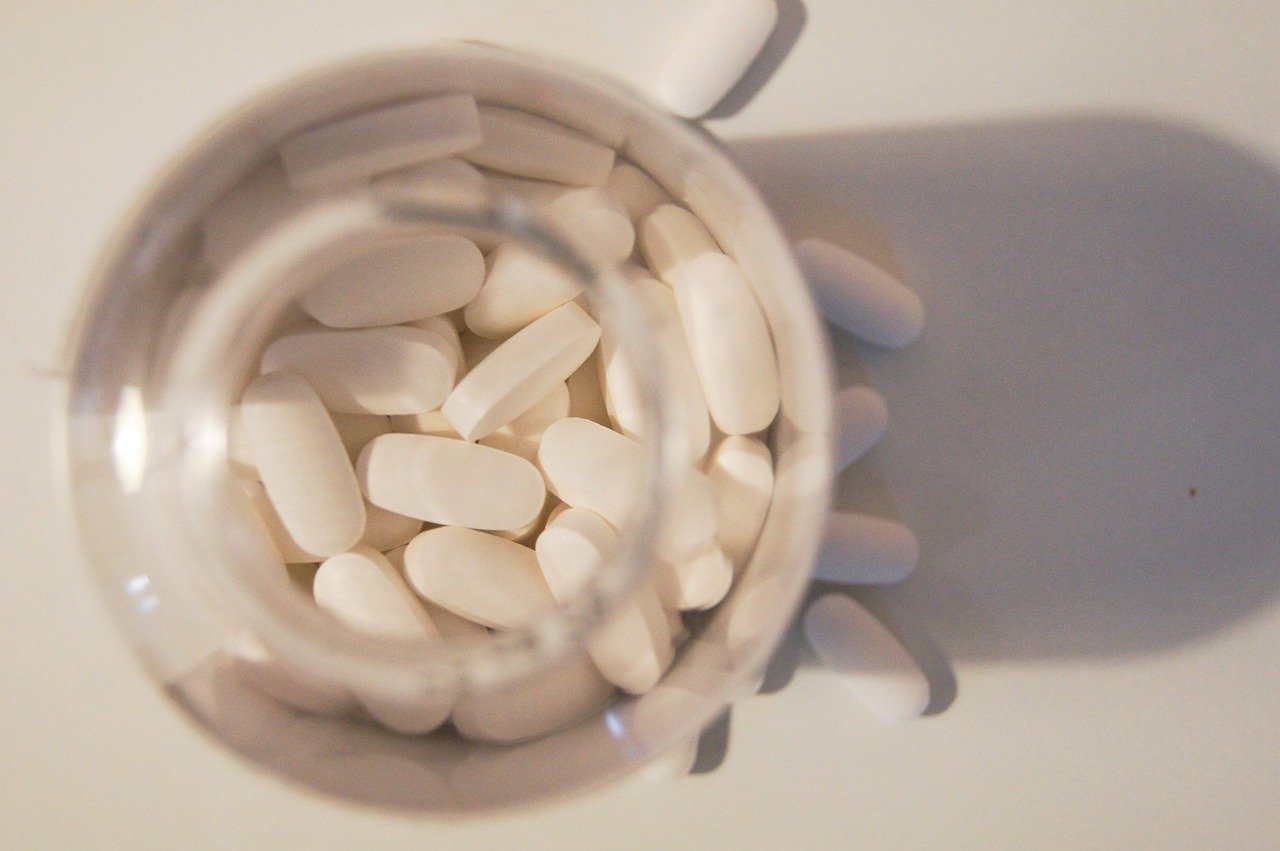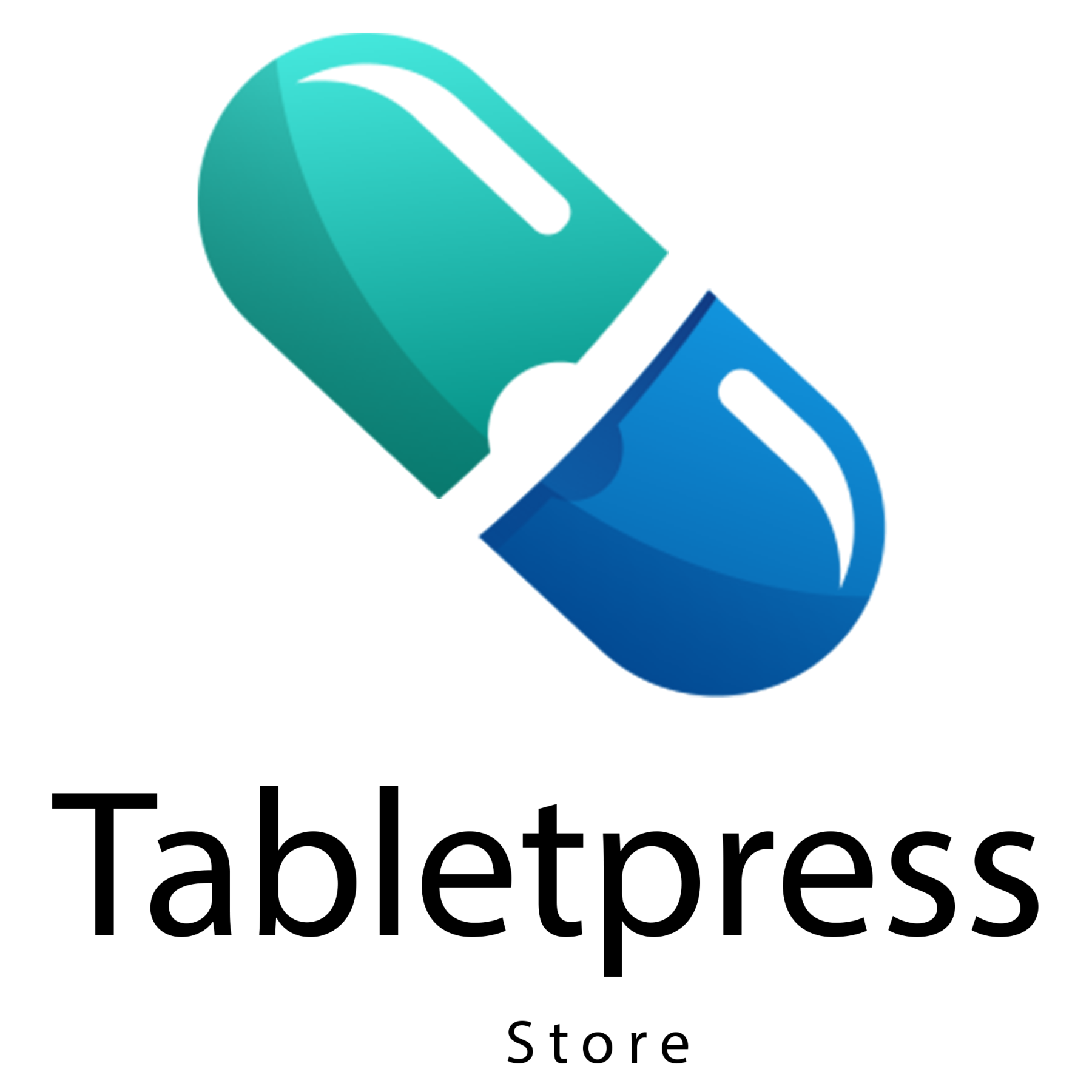Excipients play a crucial role in the development and production of pharmaceutical tablets. They are the inactive components of a tablet formulation, yet their presence is essential to ensure the efficacy, stability, and manufacturability of the final product. This comprehensive guide explores the various types of excipients used in tablet formulation, their functions, and their impact on the quality and performance of pharmaceutical tablets.
Introduction to Excipients
Excipients are non-active substances formulated alongside the active pharmaceutical ingredient (API) of a medication. While they do not exert therapeutic effects, they are integral to the drug delivery system. Excipients serve multiple roles, including improving the tablet's physical properties, enhancing drug bioavailability, and ensuring patient safety and compliance.
Types of Excipients and Their Functions
- Binders
- Function: Binders help in holding the ingredients of a tablet together, providing the necessary mechanical strength.
- Examples: Polyvinylpyrrolidone (PVP), hydroxypropyl methylcellulose (HPMC), and starch.
- Impact: Binders ensure the tablet remains intact during handling and transport, preventing it from breaking apart prematurely.
- Fillers (Diluents)
- Function: Fillers add bulk to the tablet, making it of a suitable size for handling and administration.
- Examples: Lactose, microcrystalline cellulose, and mannitol.
- Impact: Fillers help achieve the desired tablet weight and size, making the tablet easy to swallow and handle.
- Disintegrants
- Function: Disintegrants facilitate the breakup of the tablet into smaller fragments in the digestive tract, enhancing the dissolution of the API.
- Examples: Sodium starch glycolate, croscarmellose sodium, and crospovidone.
- Impact: Disintegrants ensure rapid release of the API, improving the bioavailability and onset of action of the medication.
- Lubricants
- Function: Lubricants reduce friction between the tablet and the machinery during manufacturing, preventing sticking and ensuring smooth production.
- Examples: Magnesium stearate, stearic acid, and talc.
- Impact: Lubricants improve the manufacturing efficiency and quality of the tablets, ensuring uniformity and preventing defects.
- Glidants
- Function: Glidants enhance the flow properties of the powder mixture, ensuring uniform filling of the tablet die cavities.
- Examples: Colloidal silicon dioxide and talc.
- Impact: Glidants improve the consistency and accuracy of the tablet weight and content uniformity.
- Coating Agents
- Function: Coating agents provide a protective layer on the tablet surface, improving stability, appearance, and taste.
- Examples: Hydroxypropyl methylcellulose (HPMC), ethylcellulose, and polyethylene glycol (PEG).
- Impact: Coatings can protect the tablet from moisture and light, mask unpleasant tastes, and facilitate easier swallowing.
- Colorants
- Function: Colorants provide distinctive color to the tablets, aiding in identification and improving patient compliance.
- Examples: FD&C dyes, iron oxides, and titanium dioxide.
- Impact: Colorants help differentiate between different medications and dosages, reducing the risk of medication errors.
- Flavors and Sweeteners
- Function: Flavors and sweeteners improve the taste and palatability of tablets, particularly important for chewable and orally disintegrating tablets.
- Examples: Aspartame, saccharin, and various fruit flavors.
- Impact: These excipients enhance patient compliance, especially in pediatric and geriatric populations.
- Preservatives
- Function: Preservatives prevent microbial growth, ensuring the stability and safety of the tablet during its shelf life.
- Examples: Parabens, sorbic acid, and benzoic acid.
- Impact: Preservatives extend the shelf life of the tablet, maintaining its efficacy and safety over time.
The Importance of Excipients in Tablet Formulation
- Ensuring Stability
- Excipients play a crucial role in stabilizing the API, protecting it from degradation due to environmental factors such as moisture, light, and oxygen.
- Enhancing Bioavailability
- By facilitating the disintegration and dissolution of the tablet, excipients help in optimizing the bioavailability of the API, ensuring that the drug is absorbed efficiently into the bloodstream.
- Improving Manufacturability
- Excipients such as lubricants and glidants ensure the smooth operation of tablet manufacturing processes, reducing downtime and improving production efficiency.
- Ensuring Consistency and Quality
- Excipients contribute to the uniformity of the tablet's weight, content, and appearance, ensuring that each tablet meets the required quality standards and specifications.
- Enhancing Patient Compliance
- Flavoring agents, sweeteners, and coating agents improve the taste, appearance, and ease of swallowing of tablets, making them more acceptable to patients.
Regulatory Considerations
Excipients must comply with regulatory standards to ensure their safety and efficacy in tablet formulations. Regulatory agencies such as the FDA, EMA, and ICH provide guidelines and requirements for the use of excipients in pharmaceuticals. Manufacturers must conduct thorough testing and validation to ensure that excipients do not adversely affect the stability, bioavailability, or safety of the API.
Conclusion
Excipients are indispensable components in tablet formulation, playing a pivotal role in ensuring the stability, efficacy, and manufacturability of pharmaceutical tablets. By understanding the functions and impact of various excipients, pharmaceutical scientists and manufacturers can develop high-quality, effective, and patient-friendly medications. As the pharmaceutical industry continues to evolve, the innovation and optimization of excipients will remain critical to advancing drug delivery systems and improving patient outcomes.

